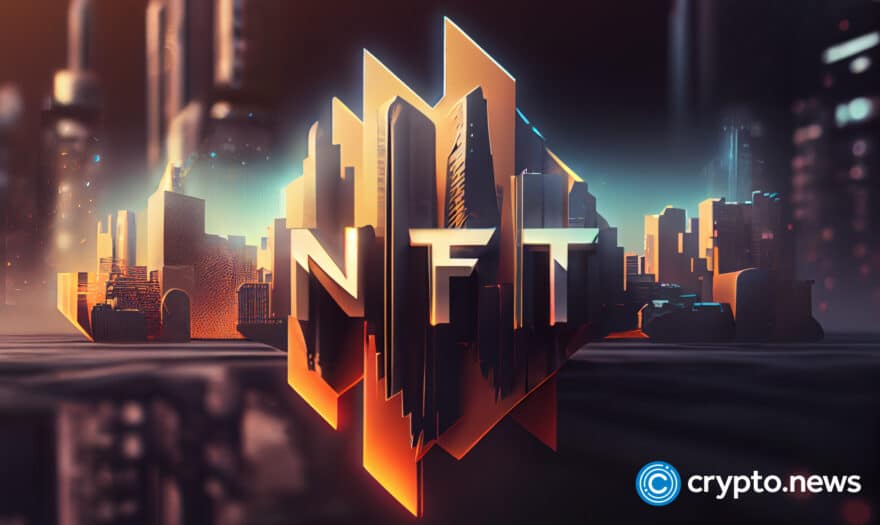ICOs (Initial Coin Offering) Explanation

ICOs are an essential initial step in the business world, just like building a solid foundation for a home that will last for generations. By studying the success stories of projects such as Bitcoin and Ethereum, it becomes clear that their blueprints answer why they are at the forefront of the crypto market cap.
What Is An ICO?
To kick off your cryptocurrency or blockchain campaign, you need a clear game plan that translates to what you want for your project. However big or small the plan is, having a suitable amount of funding is the essential part of all of it. Otherwise, what’s the perfect business without the proper tools to bring it to life? And here is where ICOs, one of the most popular ways for crypto businesses to raise operational funds, come in.
Initial coin offerings (ICO) are a new way of raising funds through initial token sales. The concept was originally developed by entrepreneurs such as Chris Larsen and Jack Liu. In 2017, projects raised $2.1 billion using this method.
An initial coin offering (ICO) is a fundraising method by which projects raise capital for their early-stage cryptocurrency and blockchain ventures without regulations. It is crowdfunding through the creation and sale of digital tokens. These tokens may represent a stake in the company or venture or hold some utility related to the product or service on offer.
Blockchain-based startups that seek to raise capital do so by minting a certain amount of their native digital tokens and issuing them for sale to early investors, usually in exchange for other cryptocurrencies.
ICOs enable startups to raise capital without giving up equity, as well as help to establish a community of users keen on the project’s success to increase the value of their presale tokens. A key advantage of ICOs is that they do away with intermediaries in the capital-raising process creating direct connections between the company and investors and aligning the interests of both parties.
Types of Initial Coin Offerings
There are two types of ICOs:
Private ICOs
In a private ICO, only a limited number of investors participate in the process. These are only accredited investors and are usually financial institutions and high-net-worth individuals. A company may set a minimum investment amount.
Public ICOs
Public ICOs are a crowdfunding model targeting the general public. It is a more democratic form of investing since almost anyone can participate. However, due to regulatory concerns, private ICOs are comparatively becoming preferable.
How an Initial Coin Offering (ICO) Works
Types of Tokens
The ICO fundraising model involves issuing tokens on a blockchain and then distributing them in exchange for a financial contribution. These tokens, transferable across the network and tradeable on crypto exchanges, give holders access to a particular service or entitle them to company dividends. Tokens may be either utility tokens or security tokens based on their functions:
- Utility Tokens are “user tokens” or “app coins,” representing future access to the business’s product or service. Utility tokens are exchanged for users’ future access to the service and are not a standard investment for a company share.
- Security tokens derive their value from external, tradable assets and may increase or decrease in value. They represent a stake in the company or project and are subject to SEC rules and regulations.
ICO Structures
When fundraising capital through ICOs, the first step of the project organizers is to determine the coin’s structure. ICOs may take up one of the following structures:
- Static Supply/Static Price: A company sets a specific funding goal or limit for the project, meaning each token has a preset price and a fixed total token supply.
- Static Supply/Dynamic Price: A static supply of tokens and a dynamic funding goal. The amount of funds raised determines the price per token. The more the funds raised, the higher the price per token.
- Dynamic Supply/Static Price: A dynamic token supply but a fixed price. The amount of money raised determines the token supply.
White Paper Release
Having structured the ICO, the project organizers usually create a pitchbook—a white paper– made available to potential investors through the company website. The white paper explains pertinent information related to the ICO, such as:
- The intended goal of the project and what needs it fulfills
- The financial goals of the project
- The acceptable type of currency (USD, BTC, ETH)
- The duration of the campaign
- The number of tokens to be retained by the founders
The white paper must be as detailed and transparent as possible. Its purpose is to attract and encourage investors to participate in the project to achieve funding goals.
Launching an ICO
The goal of ICOs is to leverage the decentralized systems of blockchain technology in fundraising and to align the interests of various stakeholders. The steps in an ICO are:
Identifying Investment Targets
Each ICO begins with the intention of raising capital. The company establishes the target group for its campaign and develops relevant materials about the venture to make available to potential investors.
Token Creation
The tokens represent an asset or utility in the blockchain and are fungible and tradeable. Tokens generally do not provide an equity stake in a company but primarily deliver some stake in a product or service created by the company.
Promotions
Promotion campaigns are crucial in attracting potential investors and are usually conducted online to achieve the broadest investor reach.
Initial offering
The tokens are then offered to the investors and possibly in several rounds. The company will use the received fund to facilitate its plan while the investors use the acquired tokens to benefit from this product/service or wait for a rise in the value of the tokens.
ICO Regulations
ICOs are a completely new phenomenon and significantly impact capital-raising processes in the blockchain industry. However, regulatory authorities around the world did not anticipate the introduction of the new fundraising model.
Regulation of ICOs varies among different countries. For example, China and South Korea banned ICOs. Many European countries, as well as the United States and Canada, are establishing specific guidelines to govern ICOs.
However, certain countries, including Australia, New Zealand, Hong Kong, and the United Arab Emirates (UAE), have guidelines governing ICOs.
Conclusion
Investing in ICOs may yield gains for investors. However, there is always the risk that the company doesn’t take off, or project organizers may fail to develop anything. It is crucial to perform due diligence on each ICO before investing. Critical information to research includes information about the company and their ICO whitepaper, The type of tokens and their functions, and how the tokens will trade.
What is an ICO?
An ICO stands for initial coin offering. The term was coined through bitcoin, which used an initial distribution of coins from developers to users. Other digital currencies have adopted this method. Typically, they consist of crowdfunding campaigns where early adopters purchase tokens with cryptocurrencies such as Ether or Bitcoin. Tokens represent ownership rights to a company’s platform.
Do ICOs help projects thrive?
The initial coin offering allows entrepreneurs to raise capital for their projects using cryptocurrency instead of fiat currency. Entrepreneurs use cryptocurrencies such as Bitcoin and Ethereum to sell tokens in exchange for money from investors who believe they will be able to profit from the company after the tokens are listed on exchanges. This process works similar to selling shares of stock on Wall Street to fund a company.
Why do crypto projects undergo ICOs?
Initial Coin Offerings are used to fund new blockchain technology projects. They offer tokens representing ownership rights to certain project assets such as land, buildings, patents, software source code, and other intellectual property. The token holders become project stakeholders and share in future profits. Crypto projects raise funds using either a private offering or public listing, depending on how much capital they need to complete their development.














